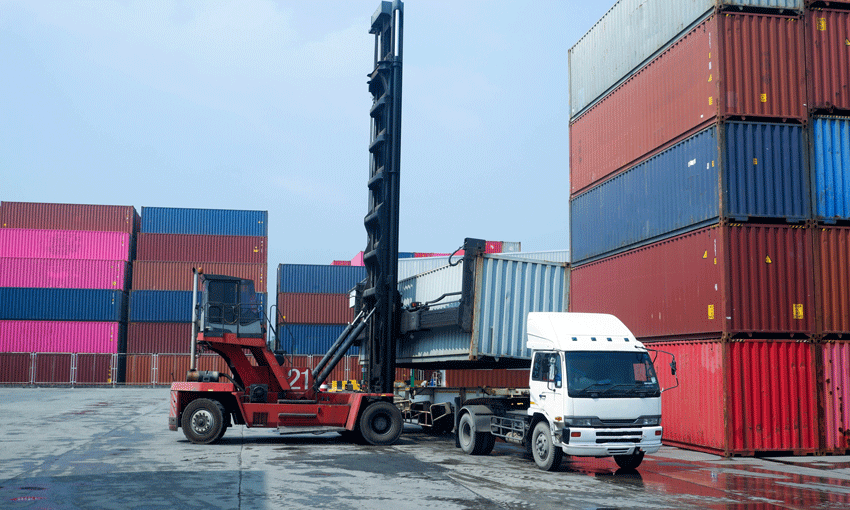A CONFLUENCE of factors is driving up the cost of container road transport in Australia, according to Container Transport Alliance Australia.
Increasing costs for fuel and fuel additives; labour and skills shortages; long equipment purchase lead times; supply-chain capacity constraints; and fees imposed by third parties are “significantly” squeezing container transport operator margins and cash flows in Australia, CTAA director Neil Chambers said in a recent statement.
“To survive, transport operators have had little choice but to pass on rising costs to freight forwarders, importers and exporters, which ultimately add to higher consumer prices and rising inflation,” Mr Chambers said.
According to the Australian Institute of Petroleum’s Weekly Diesel Prices Report for the week ending 26 June, the average diesel wholesale price for the week was 225.9 cents. This was an increase of 4.6% on the previous week’s prices (215.9 cents), an increase of 10.4% on the week ending 12 June, and a 20.2% increase on the average diesel wholesale price for the week ending on 29 May (187.8 cents per litre).
“To rub salt in very open wounds, road transport operators lost their ability to claim fuel tax credits for on-road diesel use when the previous federal government halved the fuel excise rate for petrol and diesel for light vehicle users ahead of May’s federal election,” Mr Chambers said.
“This is due to the decision to not provide the same level of price relief to the heavy vehicle sector through a corresponding reduction in the road user charge (RUC) levied on heavy vehicle operators for every litre consumed for on-road use.”
Mr Chambers said in practical terms, this means heavy vehicle operators have been worse off by more than 17 cents per litre in the past few months, on top of the spike in diesel prices.
“CTAA understands that the new federal government has acknowledged the problem and is ‘considering a position’ on this impact,” Mr Chambers said.
“However, the government has been warned that some transport operators might go to the wall unless action is taken soon.”
Mr Chambers said labour and skills shortages are a continuing cause of higher costs and operational delays throughout the container logistics chain.
“Driver availability has dried up, and the cost of employing drivers, warehouse staff and all other labour categories has risen – if you can find them,” he said.
There are no easy answers for labour and skills shortages, and the container logistics sector is not the only element of the Australian economy experiencing these shortages.”
But Mr Chambers said a skilled migration drive; incentives for training and skills development; and a fundamental overhaul of heavy vehicle licencing standards to provide a clear path to driver recruitment are three keys to the solution.
Mr Chambers also said longer lead times and higher costs for essential transport equipment – including prime movers, trailers, reach-stackers and heavy forklifts – are causing a significant impact on container logistics chain productivity and efficiency.
“The container logistics sector has also struggled with high container throughput demand during the COVID pandemic due to infrastructure capacity constraints,” Mr Chambers said.
“This has been seen in full transport yards, overstocked warehouses, empty container depots at capacity, and congested container stevedore terminals leading to shipping and logistics delays and deteriorating wharf productivity performance.”
And Mr Chambers said rising fees and charges levied by some supply-chain parties continue to be a “source of friction” and add to overall costs.
“Key amongst these charges are container detention fees levied by shipping lines on importers for the late return of empty containers, and on exporters if export containers are held too long before shipment,” he said.
“For many freight forwarders, importers and exporters, the changed nature of international shipping spot and contracted rates for containerised imports and exports have brought with them stricter container detention contract terms.”
He said this is coupled with the capacity constraints in the supply chain and other causes of landside supply chain delay which have resulted in a marked increase in container detention fees levied by shipping lines in Australia.
“CTAA, together with other representative groups, have called for regulatory intervention to ensure that shipping line container detention policies and practices in Australia are reasonable, and that a low-cost dispute resolution mechanism is established to adjudicate on unreasonable claims,” Mr Chambers said.





